With long days and warmer weather arriving in the Pacific Northwest, barbecues and evenings spent on the deck or patio will soon be the agenda for summer. As you plant up your flowerbeds and deck pots, here are four of my must-have plants I recommend you check out at Vander Giessen Nursery.
First, Beacon Impatiens. One of the most used annuals in gardens worldwide has recently undergone some major upgrades with the addition of new disease-resistant varieties. Just about ten years ago, a wicked, incurable disease called Impatiens Downy Mildew (IDM) begin attacking impatiens along the East Coast, having arrived from Europe. Undetectable in the early stages, this mildew hides and multiplies on the underside of impatiens leaves, weakening the plants and causing them to drop all their leaves seemingly overnight, ultimately killing them and leaving spores in the soil which can infect impatiens planted in the same soil for up to ten years into the future. Over the last decade, IDM has spread westward, arriving in Northwest Washington about five years ago.
Thankfully, plant breeders got right to work breeding varieties of impatiens resistant to IDM, and just a couple of years ago the first IDM-resistant varieties were introduced, including Beacon impatiens. Although they look and grow just like their old-fashioned counterparts, Beacon varieties are not susceptible to IDM and will grow and bloom all summer long. Use them in pots or in the ground in partial sun or full shade and get back to enjoying the no-fuss color impatiens can provide.
Second, Black-eyed Susan Vines. I’ve yet to find a climber that’s as colorful and easy to grow as black-eyed susan vine, also called thunbergia. Sure, it’s an annual, so you’ll have to replace it every year, but I’ll make that trade-off to have color on a trellis all summer and deep into autumn (we’re talking November!) without having to battle much for insects or disease, either.
Although easy to grow, I’ve learned from experience that they can struggle when planted directly into the ground (as opposed to being grown in a pot or hanging basket). So, here’s a little secret I use on my in-ground thunbergia: first plant it into a pot of good potting soil and bury that pot in the ground. The thunbergia will love the potting soil while it gets started and will eventually root out through the pot’s drainage holes into the surrounding flowerbed. At the end of the season, cut the dead plant off at ground level and pull the pot out of the ground in the spring to replace the soil and replant. It works like a charm!
Third, coleus. I can never get enough of these hardy, colorful foliage plants. Older varieties were intended for shady gardens, and while new varieties still do well in the shade, I’ve found that they thrive on my deck in full, hot sun all day. One of this year’s new introductions is ‘Pineapple Brandy,’ and with chartreuse-yellow leaves edged with the slightest bit of red, it makes a bright, upright accent for containers.
Finally, papyrus. If you’re bored with the usual dracaena “spikes” in the middle of your pots or want something taller in a flowerbed, you must try ‘Prince Tut’ papyrus. This annual grass loves sun and heat and will grow to two to three feet in height, with wispy green flower heads. Use the flower heads in floral arrangements or simply enjoy them in your garden; you’ll be sure to have a friend or two ask what that impressive plant is mixed in with your petunias and other flowers!
As with any annuals you grow, remember that for all the plants listed above your best success depends on the level of care you give them, primarily water and fertilizer. While these are very low-maintenance plants, they will need daily watering and weekly fertilizing, preferably with a high-quality fertilizer like Jack’s Classic, available year-round at Vander Giessen’s. Alternate each week between Jack’s All-Purpose and Blossom Booster blends to keep your plants both growing and flowering throughout the summer months. Enjoy all that this springtime season has to offer!


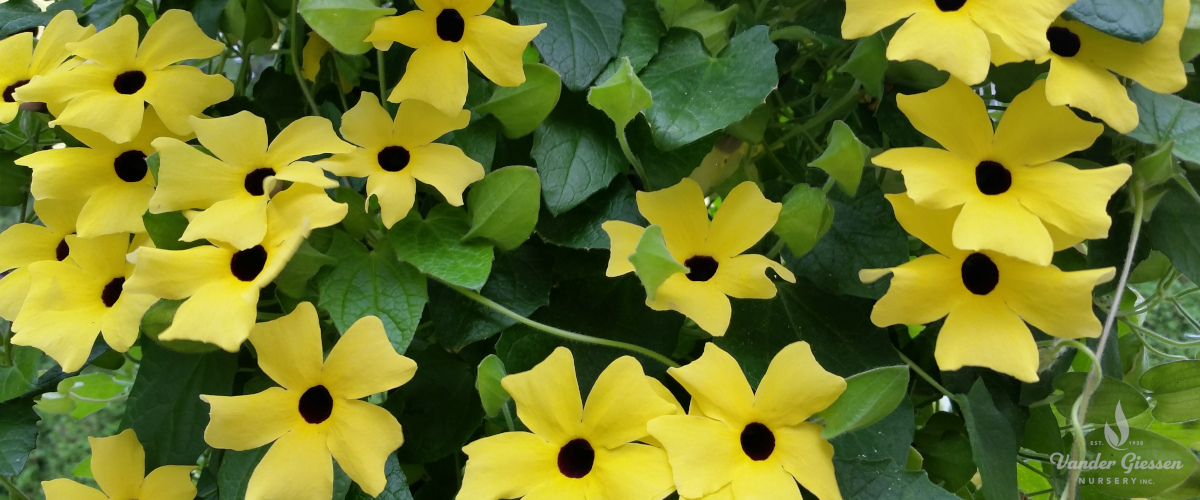
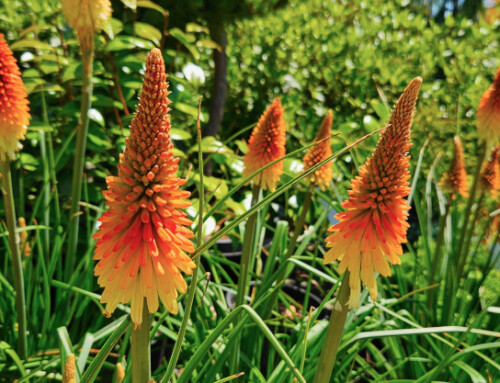
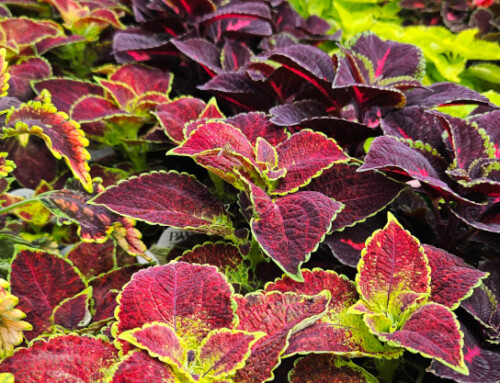
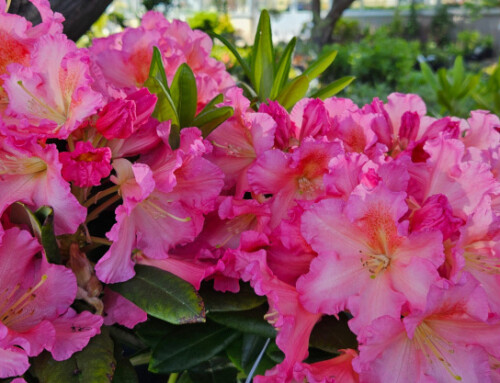
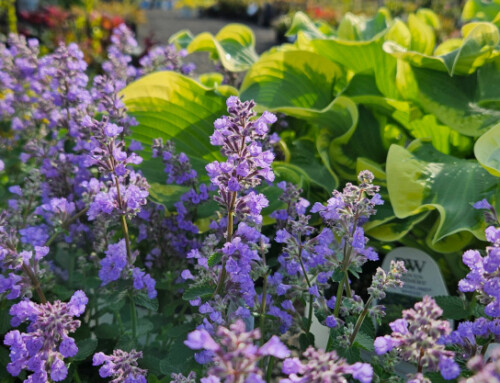
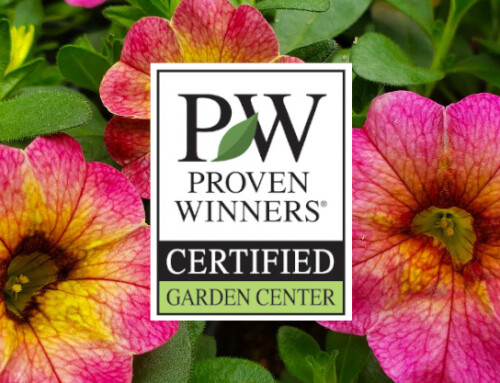
Leave A Comment